On Valentine’s Day in 1991, U.S. Air Force Captain Richard “TB” Bennett showcased the remarkable capabilities of the F-15 Strike Eagle during Operation Desert Storm. While F-15Cs and F-15Ds scored 32 kills against Iraqi planes, Strike Eagles, designed for ground attack, engaged mobile SCUD and surface-to-air missile platforms. Bennett’s daring mission to rescue American special operations troops highlighted the F-15’s versatility.
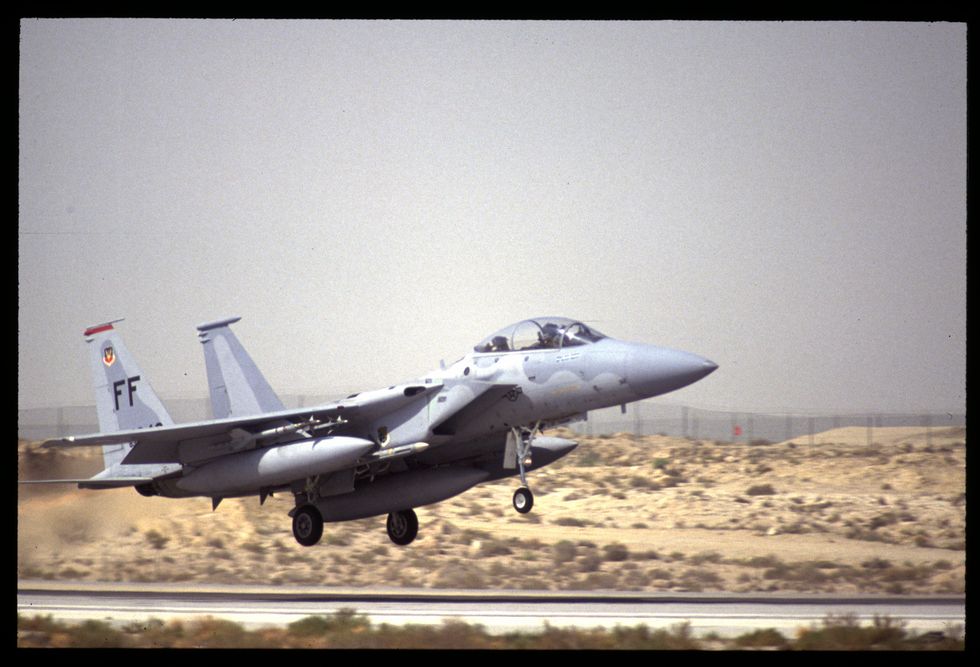
The F-15 Eagle’s legacy spans nearly 50 years, evolving to meet changing combat demands. Emerging from hard lessons in Vietnam, where outdated designs struggled, the F-15 was born from the need for a dedicated air superiority fighter. With an initial emphasis on speed, powerful radar, and maneuverability, the F-15 addressed deficiencies seen in previous conflicts.
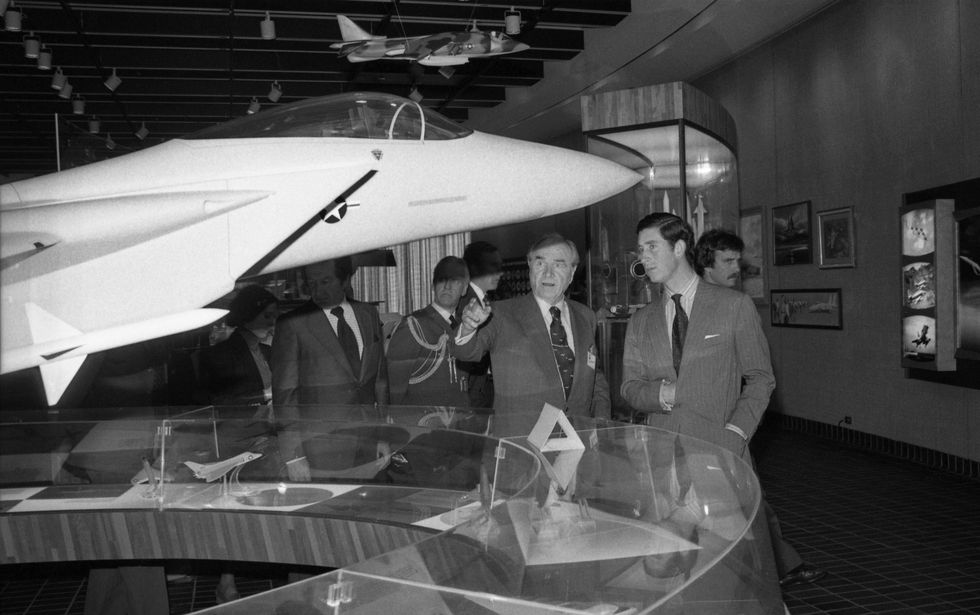
McDonnell Douglas, awarded the contract in 1969, incorporated NASA’s research findings, resulting in a design that boasted fixed wings, a wide fuselage, and powerful Pratt & Whitney engines. The F-15’s top speed of Mach 2.5, AN/APG-63 radar with a range of 200 miles, and external fuel tanks providing a 3,000-mile range set it apart.
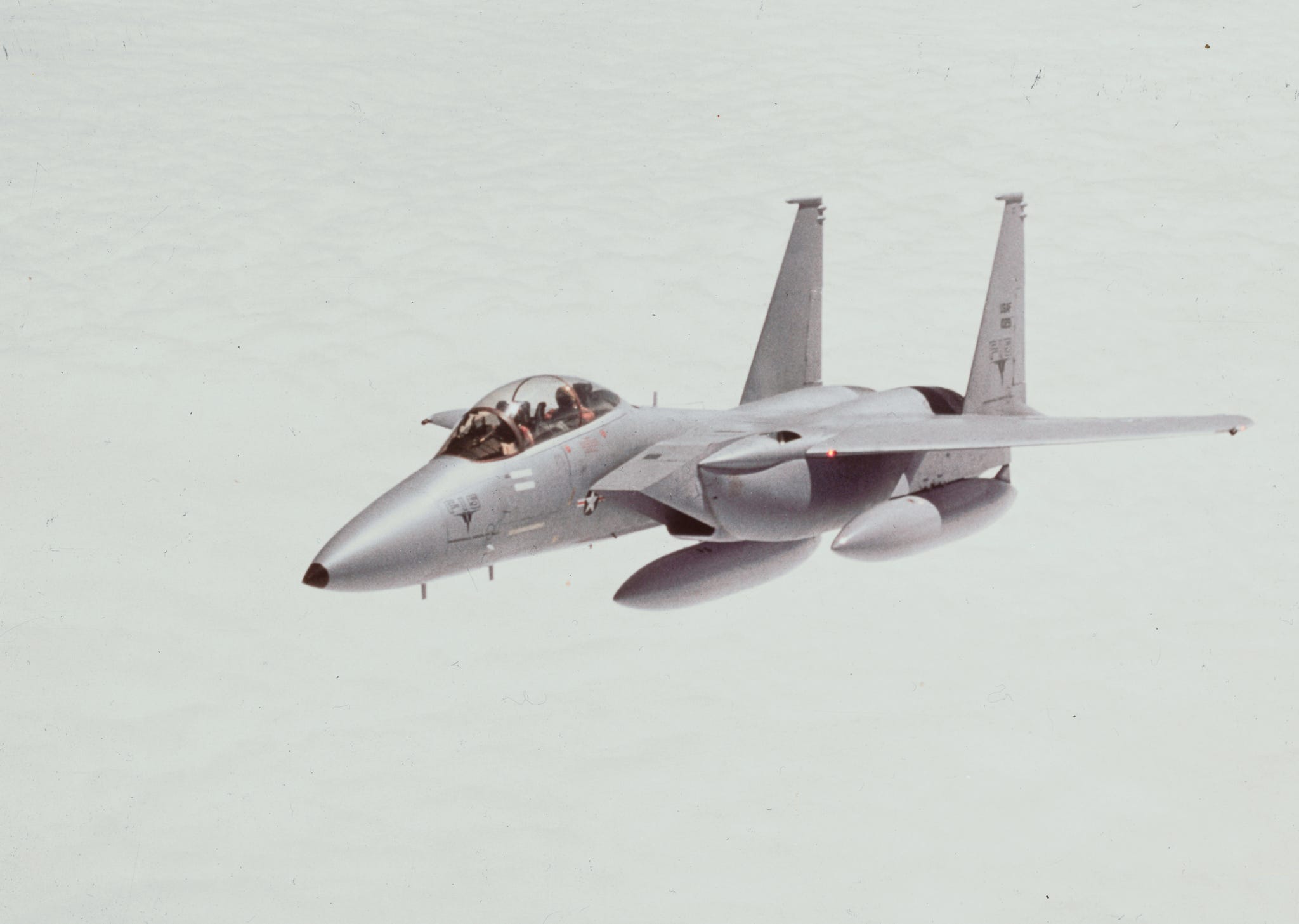
The F-15’s introduction in 1972 marked the beginning of its remarkable journey, scoring its first air-to-air kill in 1979 when an Israeli F-15A downed a Syrian MiG-21. Over the years, F-15s logged 104 air-to-air victories without losing an Eagle to enemy fighters. Continuous upgrades, including the F-15C with advanced radar and newer engines, contributed to its unparalleled success.
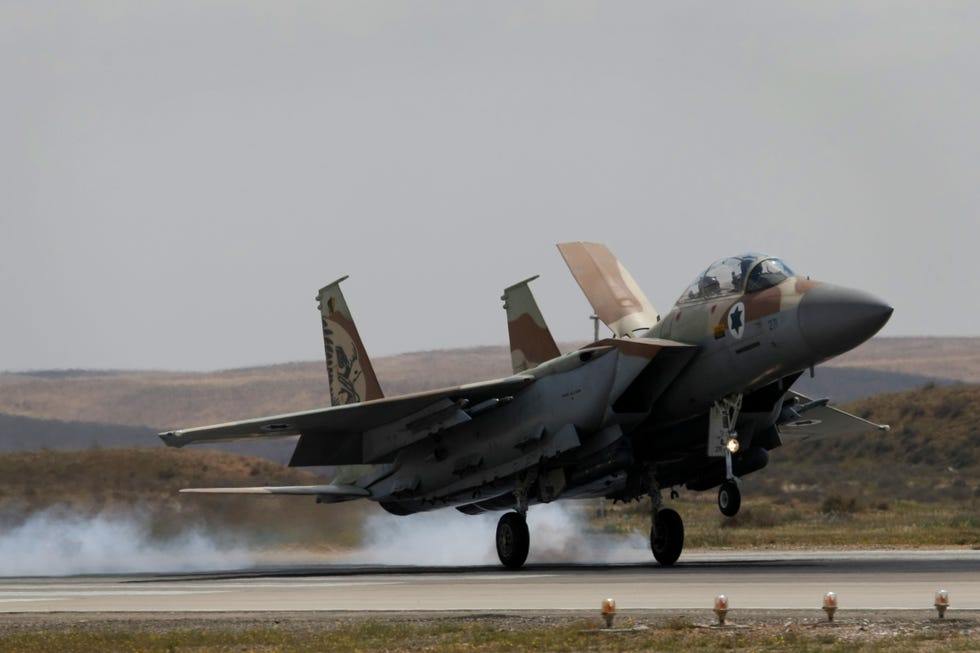
Notably, the F-15E Strike Eagle emerged in 1986, emphasizing air-to-ground capabilities. Equipped with a forward-looking infrared laser, targeting pod, and the ability to carry up to 24,000 pounds of ordnance, the Strike Eagle became a versatile precision strike aircraft. Its role in close-air support (CAS) missions, coupled with conformal fuel tanks for extended range, solidified its effectiveness.
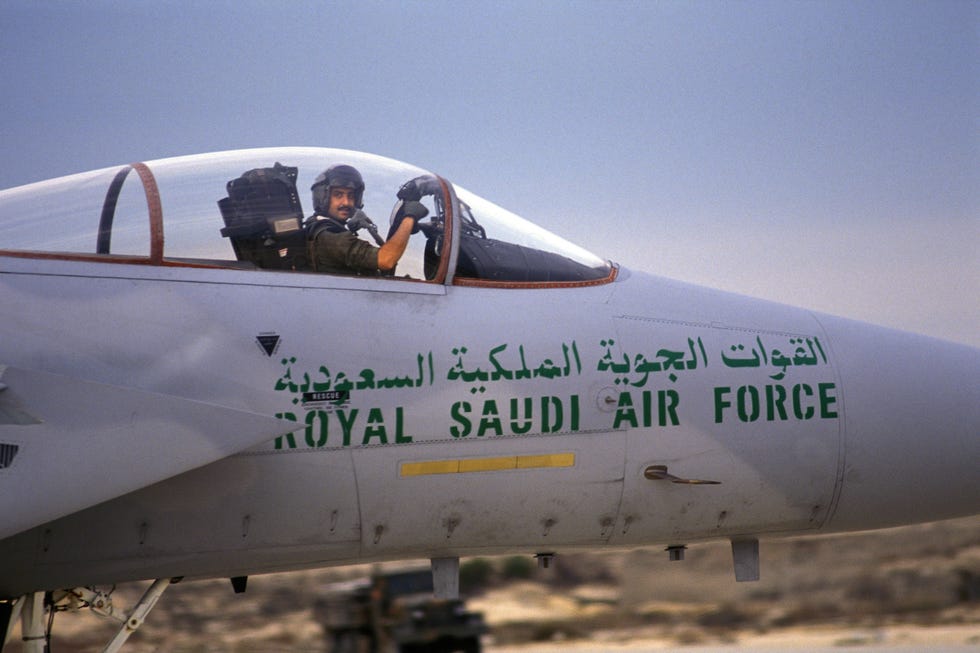
The F-15’s adaptability and continuous updates have defied expectations, with the Air Force recently acquiring new F-15s. Despite the advent of fifth-generation fighters like the F-22 and F-35, the F-15’s capabilities make it an indispensable asset. Maj. Christopher M. Short notes the expertise of young aviators in CAS missions, highlighting the F-15’s enduring impact and the legacy it continues to build.
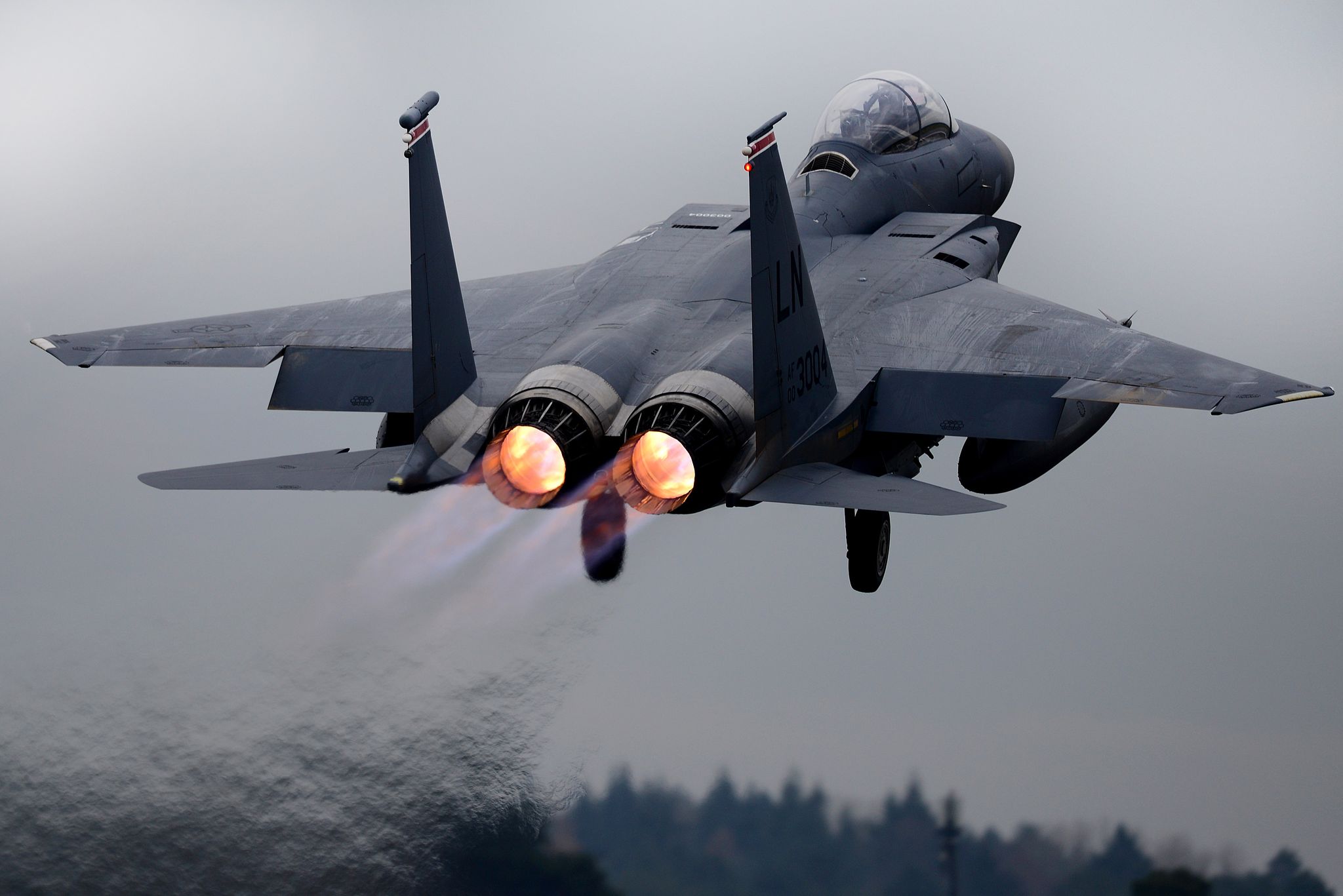
The F-15 Eagle stands as a testament to innovation, addressing lessons learned from past conflicts and evolving to maintain air superiority while showcasing versatility in responding to dynamic operational requirements.

